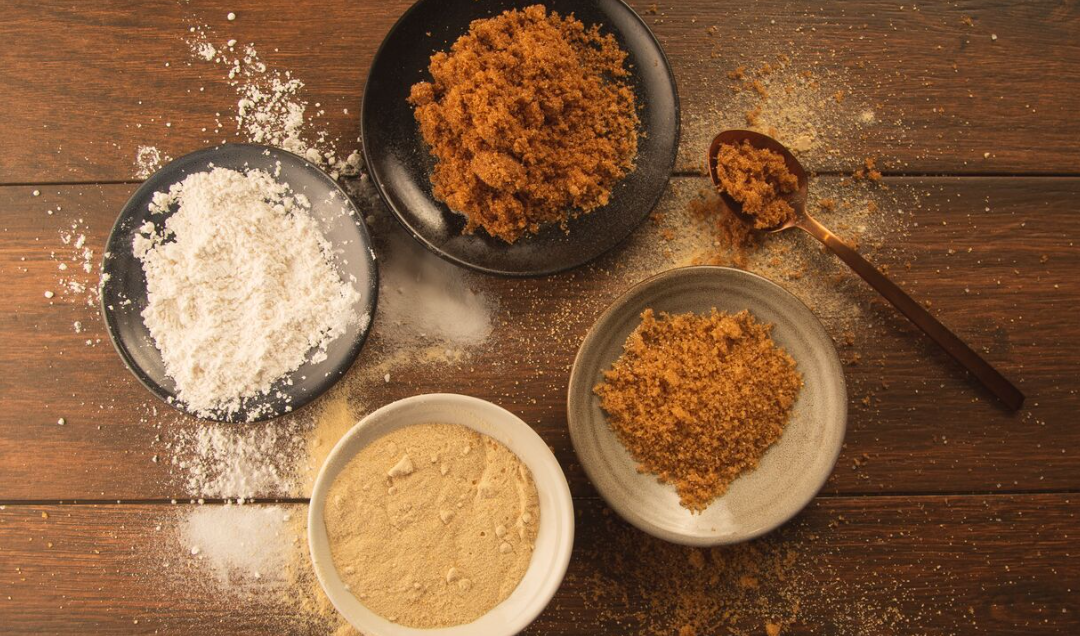Baking is both an art and a precise science, where every ingredient plays a pivotal role in creating the final masterpiece. Among these, sugar is not just a sweetener; it’s a foundational element that affects texture, colour, and volume. In this guide, we’ll demystify the various types of baking sugar and offer valuable insights into selecting the right one for your recipes.
Understanding Sugar in Baking
Sugar does more than sweeten your baked goods. It contributes to the browning and caramelization process, adding flavour and colour. It also affects the texture, creating tender cakes and cookies by trapping air when creamed with fats. Understanding these roles is crucial for every home baker.
Types of Sugar Used in Baking
White Granulated Sugar
The most common sugar used in baking, white granulated sugar, is known for its fine crystals and versatility. It dissolves well, making it perfect for cakes, cookies, and creams.
Brown Sugar
Brown sugar, which is white sugar with added molasses, offers a moist and dense texture with a rich flavour. It’s excellent for chewy cookies, brownies, and toffee.
Raw Sugars
These are less refined sugars with larger crystals and a slight molasses flavour. They add a crunch and depth of flavour to cookies and crumb toppings.
Industrial Sugar
This category, which includes industrial sugar, is generally not found in the home baker’s pantry but is worth mentioning. Industrial cane sugar is tailored for large-scale food production and involves specific grades of sugar for consistency and performance. Although not typically used in home baking, understanding its role highlights the diverse applications of sugar beyond the kitchen.
Tips for Baking with Sugar
- Know Your Sugar: Choosing the right sugar can make or break your recipe. For a lighter texture, opt for finer sugars; for richer flavours, go with sugars like brown sugar.
- Measuring Matters: Be precise. Incorrect sugar measurements can drastically affect the outcome of your baked goods.
- Storage Solutions: Keep sugar in airtight containers to prevent clumping. Sugar is notorious for hardening; a terracotta disc can keep it soft.
- Substituting with Care: Substituting one sugar for another can be done but expect changes in texture and flavour. When in doubt, stick to the recipe.
Conclusion
Sugar, in its many forms, is an essential element in baking, contributing to flavour, colour, texture, and volume. By understanding the characteristics and uses of different types of baking sugar, you can enhance your baking projects, bringing your culinary creations to new heights. Remember, successful baking begins with the basics, and knowing your sugars is a sweet place to start.

